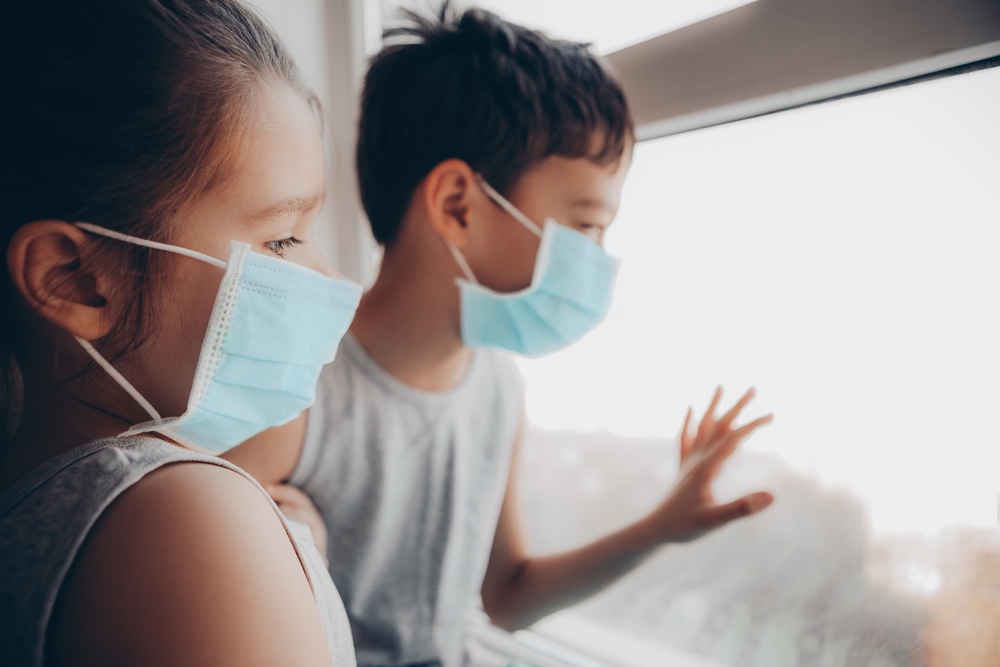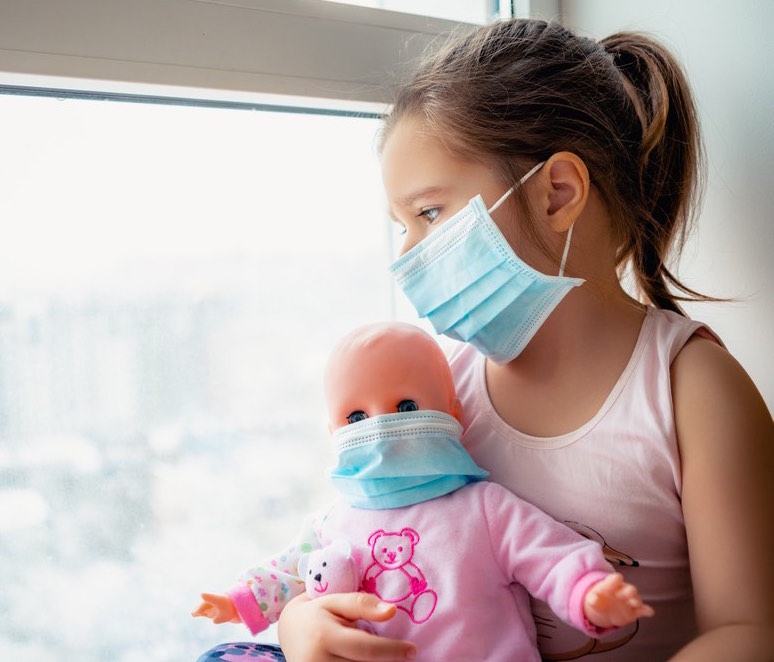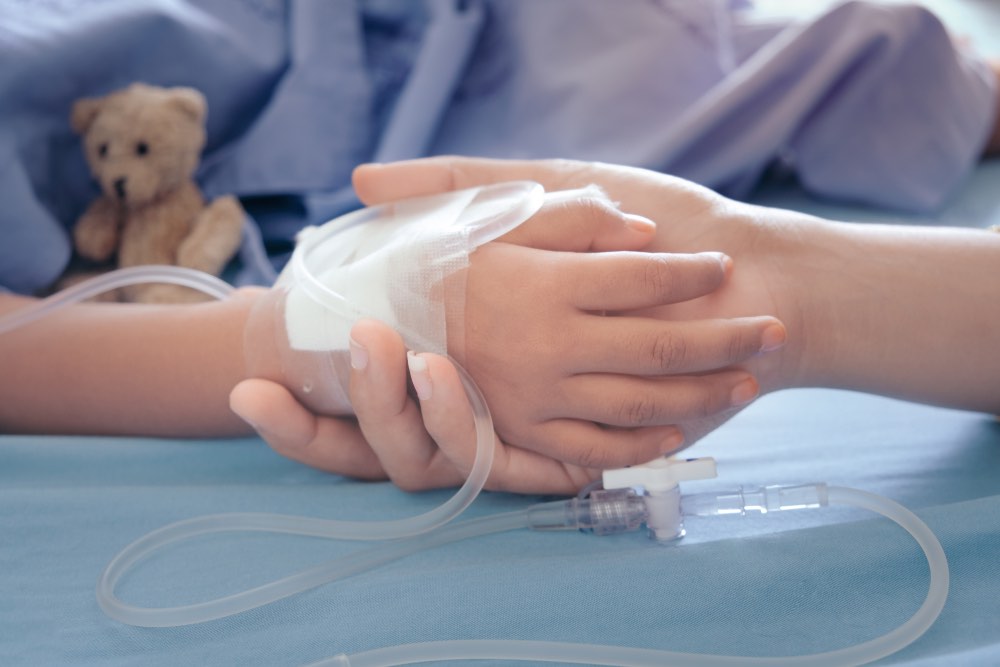‘Like war shock’: Mother and two kids test positive for COVID—and tips from experts
It was “like war shock,” said Ana Capule recalling the difficult experience of coping with four of her five-member family, including two children, testing positive for COVID-19.
“Every night, I was crying while praying to God that we would be able to get through and survive this trial in our life,” Capule told PhilSTAR L!fe in an interview.
The mother of three was saddled with fear and guilt thinking that she might have been the one who passed on the potentially deadly virus to her two children since they slept in the same bed.
“I am their mother and supposed to be protecting them, but it seemed the virus came from me,” Capule said as she recalled how she felt upon learning her two children were also infected with COVID.
The 40-year-old government hospital employee and her husband are already fully vaccinated. Although they are aware that a breakthrough infection is still possible, Capule said, she was still in shock when the results of the swab tests came out.
Except for her eldest child who sleeps in another room, Capule said, all members of her family tested positive after her. “Just the agony of waiting for the results was already unbearable and much more when it turned out that they were also infected,” Capule recalled.
Her two children, aged 8 and 10, suffered from cold, cough and slight fever. Both also lost their sense of smell and taste.
The four of them stayed in one bedroom in their house for 14 days so she could take care of them. The rural health units (RHU) checked on their condition daily and provided them with the necessary medication for their symptoms.

Fortunately, Capule said, their family had immediate access to doctors since she works in a government hospital in Cabanatuan City. They were advised to take the necessary medicines even before the swab results came out.
The symptoms of her two children, Capule said, were milder compared to hers and they easily recovered from the infection within five days.
Capule said it took longer for her to recuperate from the infection probably due to stress. “Sabi ko nga kakasabak ko lang sa war shock at kailangan ko ng debriefing,” she said, but now without the tears.
74% increase in infections among children
As COVID variants spread across the country, more children are also getting infected, yet they’re not manifesting symptoms, and are unknown to be carriers of the virus.
Data from the Department of Health (DOH) showed a 74% increase in COVID-infected children aged zero to nine years and 60% increase in the 10 to 19 age group.
Last week, Health Undersecretary Maria Rosario Vergeire reported that from 271 cases in June, children aged zero to nine who are infected with COVID rose to 472 in August while those aged 10 to 18 went up to 801 from 500.
DOH reported less than one death per day among the 0- 19 age group or less than 1% of the total mortalities related to COVID nationwide.
The Philippine Pediatric Society (PPS), however, expressed the belief that the DOH data is not reflective of the real landscape of COVID among Filipino children.
PPS president Mary Ann Bunyi noted that current data only accounts for children who were admitted to hospitals. “We still don’t have national data reflective of the true incidence of COVID-19 in Filipino children. Most of the data comes from hospitalized confirmed COVID,” she pointed out.
Bunyi explained that most COVID-infected children often have mild symptoms or are not even manifesting any symptoms thus not getting admitted to hospitals.
“Fewer cases of COVID have been diagnosed in children than in adults because infected children often have mild symptoms or no symptoms at all, a reason why hospitalization rate in children is significantly low,” Bunyi disclosed in a virtual briefing on Aug. 12.
Homecare
According to Bunyi, the majority of children can be managed with supportive homecare. “In terms of disease severity, COVID tends to be more severe in children with underlying medical conditions,” she said.
Like adults, children can acquire the virus by breathing air when close to an infected person, when viral-laden droplets land on their eyes, nose or mouth. They can be also infected by touching the nose, eyes and mouth with hands that have the virus.

Bunyi said majority of children recover four weeks after getting infected with COVID. She further noted that at this time, evidence is limited to long-term outcomes of COVID in children.
“Majority of children who contract COVID recover. What we are yet to know is the duration of protection from another bout with the infection,” she said.
DOH said COVID 19 testing may be done on children by using specific techniques to ensure they are calm when tested. COVID test is the same for adults and children. She recommends testing for symptomatic children who got exposed to infected persons and those living in areas with high transmission.
But the high cost, Bunyi said, prevents Filipino families from taking the test especially for children. Most children infected with COVID have mild respiratory infections and can be sufficiently managed as outpatients.
According to Bunyi, the increase in COVID among children commonly corresponds to the surge in the number of cases in adults.
Since last year until February 2021, the DOH has recorded over 48,000 COVID cases among Filipinos aged zero to 19 years.
In December 2020, the PPS launched an online registry in an effort to come up with a clearer picture of children getting hospitalized for COVID. As of June, the registry recorded 1,143 cases, with the majority falling in the 1 to 5 years age group.
She said the most common clinical manifestation among hospitalized children are fever, cough, difficulty of breathing and colds. More than 50 percent of hospitalized COVID children have abnormal x-ray chest findings.
“Management remains to be supportive care with nearly 75% of patients not needing oxygen support. This is a clear contrast to adults who eventually need oxygen support because of worsening condition,” she bared. “Yes we do see severe COVID 19, but this is commonly seen in children with concomitant immuno-compromising medical conditions.”

Intervention for children with COVID, she said, is simple and parents are advised to do it with proper homecare. Children who can sufficiently manage themselves may be taken to isolation facilities. Pediatric patients who will be taken to isolation facilities may be accompanied by an adult family member.
Under the DOH guidelines, children with mild symptoms can consult via telemedicine. Those cleared as mild or moderate can be managed at home as long as they are regularly monitored by doctors and the local government unit (LGU).
Bunyi said more evidence is needed to prove that the more transmissible Delta variant is more fatal in children.
Dr. Fatima Giminez said, PPS vice president, said hospitalization is not only higher, but also the mortality rate among younger children. “That is expected because they are vulnerable. Ang very young na mga bata, hindi lang sa COVID pati sa ibang sakit,” she said.
Gimenez said studies have shown that adults are the primary source of infection among children. “We need to encourage the adults to ramp up vaccination coverage to protect children,” she stressed.
Paediatrician Maria Carmen Kasala cautioned against the use of non-traditional medicine like Ivermectin among children with COVID.
“Ivermectin is not recommended whether for adults or children. It’s not part of the standard of care whether as prophylactic or treatment,” she said.
The National Immunization Technical Advisory Group (NITAG) does not recommend the vaccination of children below 18 years.
NITAG member Dr. Conky Quizon said children have stronger immunity and thus health experts globally do not see the need for vaccination of children.


